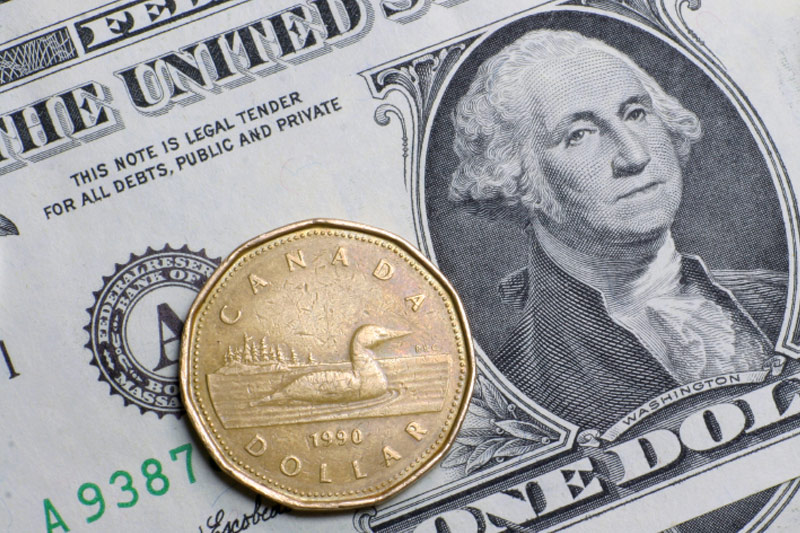Investing.com - The U.S. dollar rose to more than five-year highs against the commodity exposed Canadian dollar on Friday amid the ongoing decline in oil prices and after a strong report on U.S. consumer sentiment.
USD/CAD hit highs of 1.1590, the most since July 2009, before easing back to 1.1578 in late trade.
Oil prices hit lows not seen since 2009 on Friday, with Brent below $62 per barrel and US crude down to $57 a barrel after the International Energy Agency cut its forecast for global oil demand for the fifth time in six months.
Canada is a major oil exporter and the currency's sensitivity to crude prices has intensified as prices have tumbled.
The greenback received an additional boost after data showing U.S. consumer sentiment rose to an almost eight-year high in December.
The preliminary reading of the University of Michigan's consumer sentiment index rose to 93.8, the highest level since January 2007 and ahead of forecasts of 89.7. Consumer sentiment was boosted by the improving outlook for employment and wage growth and lower gasoline prices.
The data underlined expectations for a hike in U.S. interest rates by the Federal Reserve next year.
The U.S. dollar index, which measures the greenback against a basket of six major currencies, recovered from session lows of 88.12 following the report to settle at 88.34, still off 0.26% for the day. On Monday the index rose to a five year high of 89.53.
The loonie, as the Canadian dollar is also known, fell to two month lows against the euro on Friday, with EUR/CAD up 0.95% to 1.4428 in late trade.
In the week ahead, investors will be awaiting the outcome of Wednesday’s Federal Reserve policy meeting for further clarification on when interest rates might start to rise. Friday's reports on Canadian retail sales and inflation will also be closely watched.
Ahead of the coming week, Investing.com has compiled a list of these and other significant events likely to affect the markets.
Monday, December 15
The U.S. is to release reports on manufacturing activity in the New York region and industrial production.
Tuesday, December 16
Canada is to produce data on manufacturing sales and foreign securities purchases.
The U.S. is to publish reports on building permits and housing starts.
Wednesday, December 17
Canada is to publish a report on wholesale sales.
The U.S. is to release data on consumer inflation and the current account. Later Wednesday, the Federal Reserve is to publish its rate statement and economic projections for the next two years. Fed Chair Janet Yellen is to hold what will be a closely watched press conference.
Thursday, December 18
The U.S. is to release data on initial jobless claims and manufacturing activity in the Philadelphia region.
Friday, December 19
Canada is to round up the week with reports on retail sales and consumer inflation.
